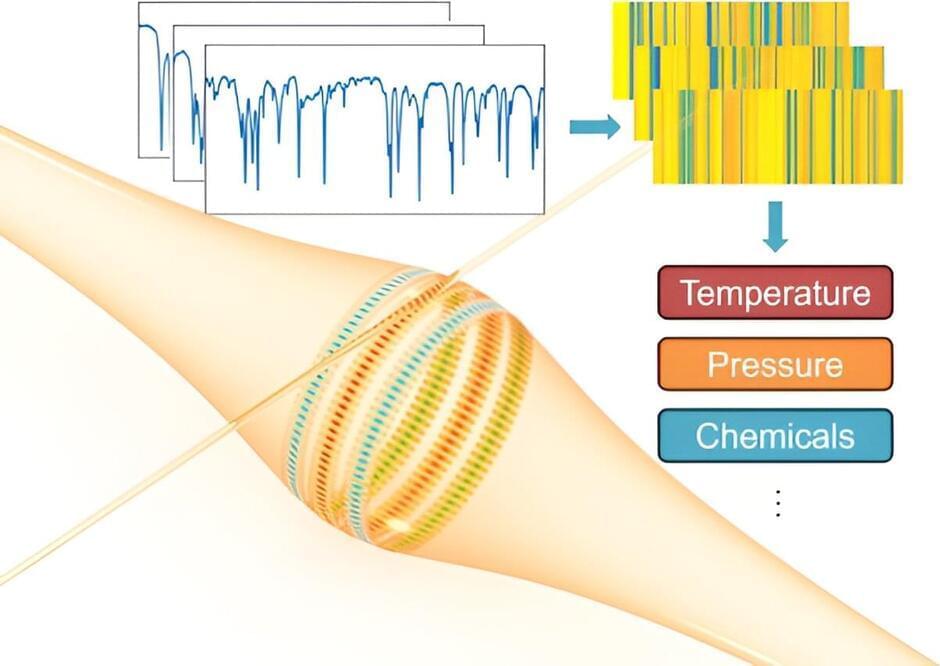The same geometric quirk that lets visitors murmur messages around the circular dome of the whispering gallery at St. Paul’s Cathedral in London or across St. Louis Union Station’s whispering arch also enables the construction of high-resolution optical sensors. Whispering-gallery-mode (WGM) resonators have been used for decades to detect chemical signatures, DNA strands and even single molecules.
In the same way that the architecture of a whispering gallery bends and focuses sound waves, WGM microresonators confine and concentrate light in a tiny circular path. This enables WGM resonators to detect and quantify physical and biochemical characteristics, making them ideal for high-resolution sensing applications in fields such as biomedical diagnostics and environmental monitoring.
However, the broad use of WGM resonators has been limited by their narrow dynamic range as well as their limited resolution and accuracy.










Comments are closed.